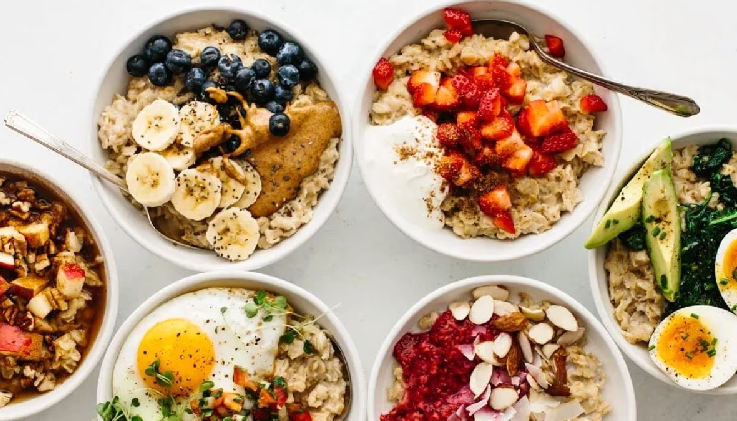The rising figures of diabetes are becoming a major concern for all of us day by day. Looking at the situation, everyone should start taking this problem seriously. At the same time, it can be controlled by making some important changes in food and regular habits. In such a situation, we did research on different types of diabetes-friendly superfoods. Where we tried to collect information about the winter superfood fenugreek leaves (how to eat fenugreek to control diabetes) in this cold season. Because the consumption of fenugreek leaves in winter is considered very beneficial. At the same time, many facts related to fenugreek leaves and diabetes were found in the research.

You all must be familiar with the nutrient-rich fenugreek leaves. But how many of you are aware of its benefits? Fenugreek leaves become even more beneficial, especially in cold. That's why today we have brought, the effects of fenugreek leave on health as well as four delicious ways to include it in the diet.
First, know how fenugreek is beneficial in diabetes
According to a study published by Pub Med Central, fenugreek leaves naturally contain soluble fiber. At the same time, it slows down the absorption of sugar in the blood. At the same time, it helps in controlling the condition of hyperglycemia and hypoinsulinemia. According to research, there is a lot of amino acid present in it, which balances the production of insulin.
Anti-diabetic effects are found in fenugreek leaves. At the same time, it stimulates insulin secretion and insulin sensitivity. Similarly, it keeps the blood glucose level normal in the body. At the same time, its consumption can be helpful in the condition of diabetes.
Now know some other health benefits of including fenugreek leaves in the diet.
1. Keep cholesterol level balanced
The increasing level of cholesterol in the body can lead to many other diseases. In such a situation, it is very important to keep it under control in time. For this, first of all, you need to make proper changes in your diet. For example, you can include fenugreek leaves in your diet. Its intake increases the level of good cholesterol in the body and helps in reducing bad cholesterol.
2. Effective in gas-related problems
According to data published by the National Library of Medicine about fenugreek leaves, the fiber present in them is beneficial for gut microbes. In such a situation, its consumption helps you to stay away from digestive problems such as indigestion, constipation, etc. At the same time, it can be beneficial in the problem of inflammation and gas.
3. Helps maintain healthy skin and hair
Fenugreek leaves are rich in Vitamin C. At the same time, its antioxidant properties prevent inflammatory diseases. Also, Vitamin C increases the production of collagen which is very important for the skin. At the same time, it prevents premature aging signs such as wrinkles and fine lines from appearing.

According to PubMed Central, it is an excellent source of omega-3 and omega-6 fatty acids, which reduce inflammation of the follicles and are beneficial in hair loss. In such a situation, its proper use can be effective for dandruff and other hair-related problems.
4. Strengthens bones
Fenugreek leaves are rich in calcium, magnesium, and vitamin D. All these nutrients are essential nutrients for bones. At the same time, their intake strengthens the bones and helps in getting relief from bone-related diseases.
You can include fenugreek leaves in your diet in these four ways
1. Soup
Soup made of fenugreek leaves can do wonders for your health in winter. To make it, you can use fresh fenugreek leaves along with tomatoes, spinach, and other nutrient-rich superfoods.
2. Salad
Taking fenugreek leaves in the form of a salad can be one of the easiest and most effective ways to take advantage of its nutrients. In this case, you can use other healthy fruits and vegetables to make fenugreek leaves salad. Also, using jaggery instead of salt in a salad in cold will be even more beneficial.
3. Make potato fenugreek curry
Potato fenugreek curry is very easy to make. All you need is fresh fenugreek leaves, potatoes, and only a few essential spices to make it. On the other hand, fenugreek leaves add a different flavor to it and enhance its taste.

4. Methi Paratha
Tasty and healthy parathas are made by mixing fresh fenugreek leaves, celery, flour, and salt. Knead all of them together, then prepare parathas by rolling small balls out of them. These nutrient-rich parathas, apart from being delicious, will help you maintain your health in winter.










